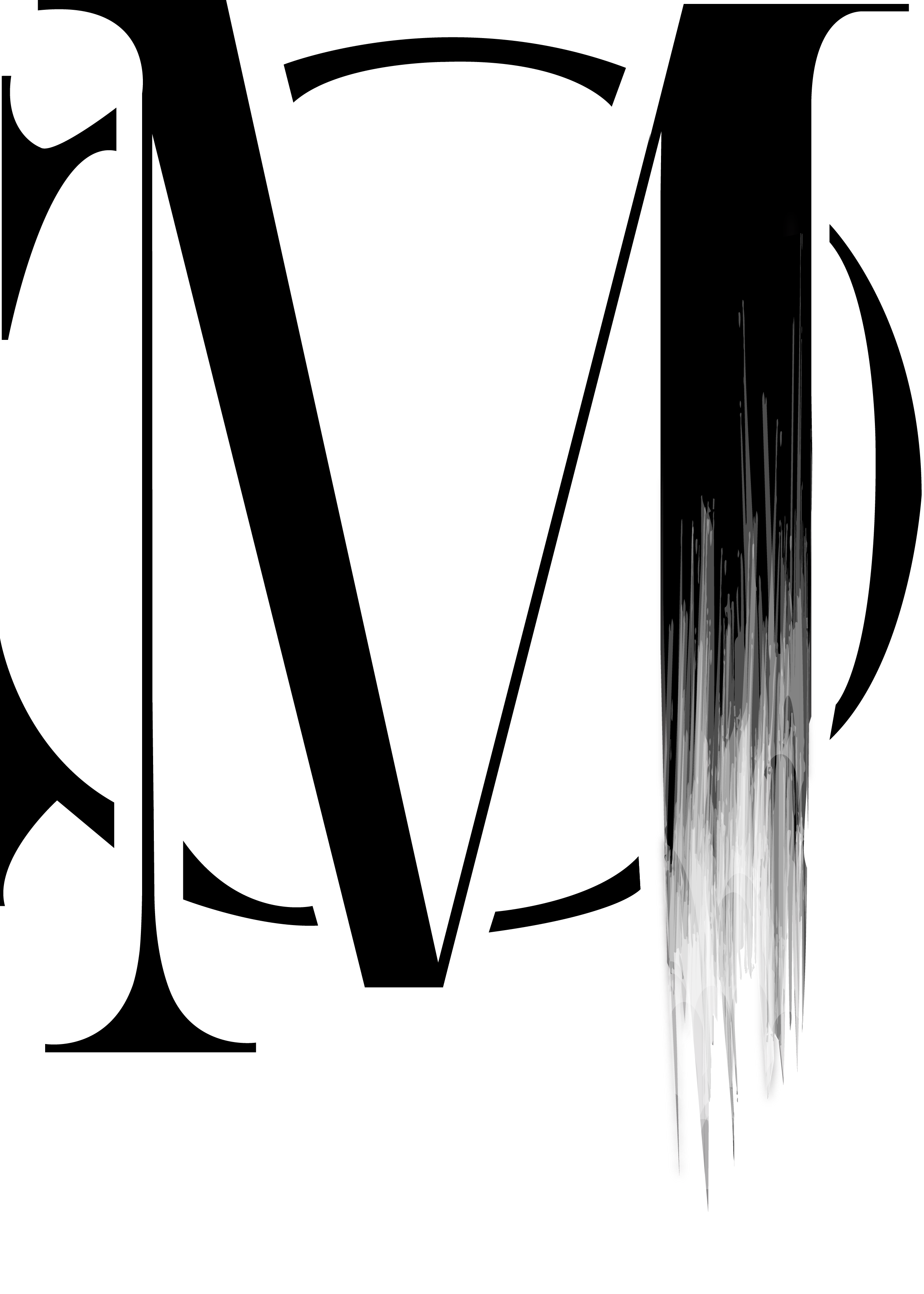The Emotional Drivers of Shoulder Pain: What Your Body Is Trying to Tell You
In this episode of The Mind Change Podcast emotional drivers series, Heather McKean explores one of the most common—and misunderstood—forms of chronic discomfort: shoulder pain.
Most people treat shoulder issues like purely mechanical problems: rotator cuff injuries, tendinitis, bursitis, arthritis, or frozen shoulder. But when pain lingers long after physical treatment, there’s often something deeper at play.
From a Mind Change perspective, the shoulders are the “seat of responsibility.” They carry not just physical loads, but emotional and energetic ones—burdens, expectations, and duties we’ve taken on over a lifetime.
The Emotional Language of the Shoulder
Heather shares how patterns like over-responsibility, people-pleasing, and control can build silent tension that eventually surfaces in the body.
When we think “I have to do it myself,” or fear saying no, the shoulders bear the cost. Over time, suppressed anger, resentment, and guilt accumulate until the body can no longer stay silent.
Frozen shoulder becomes a “sit-down strike”—the body forcing you to stop, rest, and reassess.
Bursitis represents buried anger and frustration, inflammation as the body’s attempt to speak up.
These symptoms aren’t punishments; they’re messages from your subconscious asking for change.
Elena’s Story: When Carrying Everyone Becomes Too Heavy
Heather recounts a composite client story, “Elena,” a lifelong fixer who learned early to hold everything together in a family marked by anxiety and emotional absence. As an adult, she carried the same role—at work, in her marriage, and with friends—until frozen shoulder made even small movements excruciating.
Her body had reached its limit. What she couldn’t say with words—“I’m tired, I need help”—her shoulder said through pain. Healing began not with more physical therapy, but with learning to set boundaries, release guilt, and trust that she didn’t have to carry everything alone.
The Right and Left Shoulders Tell Different Stories
Heather also explains how laterality offers insight:
Right shoulder pain often connects to masculine themes—authority, control, or family leadership, including the desire to please a father or boss figure.
Left shoulder pain tends to mirror feminine dynamics—nurturing, caregiving, or financial responsibility, and relationships with mothers, daughters, or one’s own inner feminine.
This perspective invites us to explore not just what hurts, but why—and who we might still be carrying.
Childhood Imprints and the Weight of Responsibility
Many of these patterns start early. Childhood experiences like parentification (being the responsible one), conditional love based on achievement, or emotionally absent caregivers can wire us to equate worth with doing and giving.
Even birth trauma or growing up in a home with illness can imprint chronic vigilance—the nervous system learns to hold tension as a way to stay safe. By adulthood, this becomes the invisible weight that manifests as shoulder pain, tension, or immobility.
Healing Means Letting Go
The message of this episode is simple but profound:
Your body isn’t betraying you—it’s trying to protect you.
Shoulder pain invites you to release the burdens that were never yours to carry. Healing begins when you set boundaries, practice self-permission, and allow yourself to receive support.
Heather closes the episode with practical Mind Change tools to help listeners identify emotional drivers, rewire limiting beliefs, and restore both movement and freedom—physically and emotionally.
